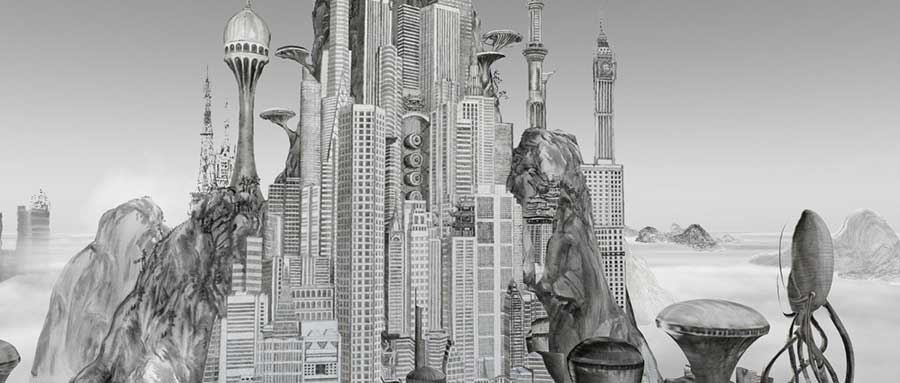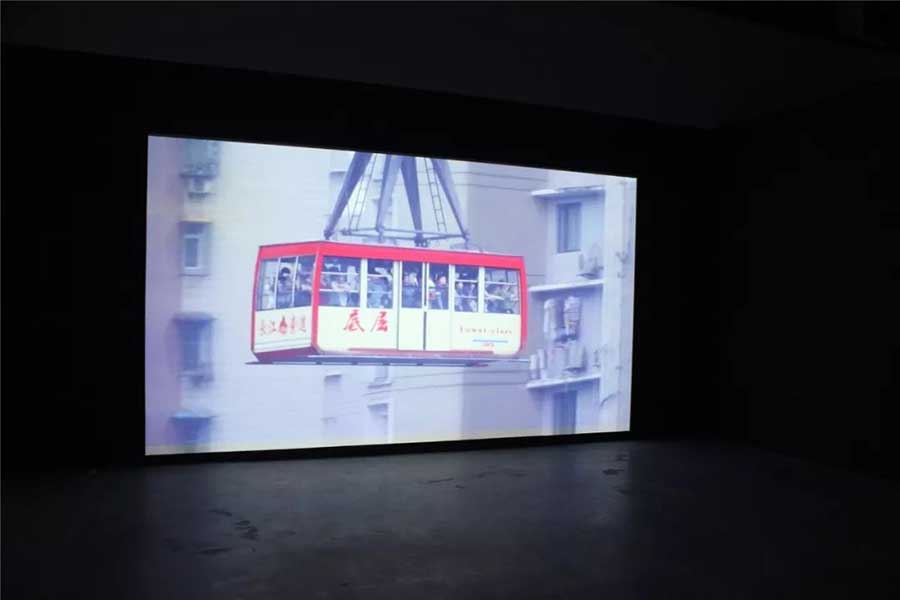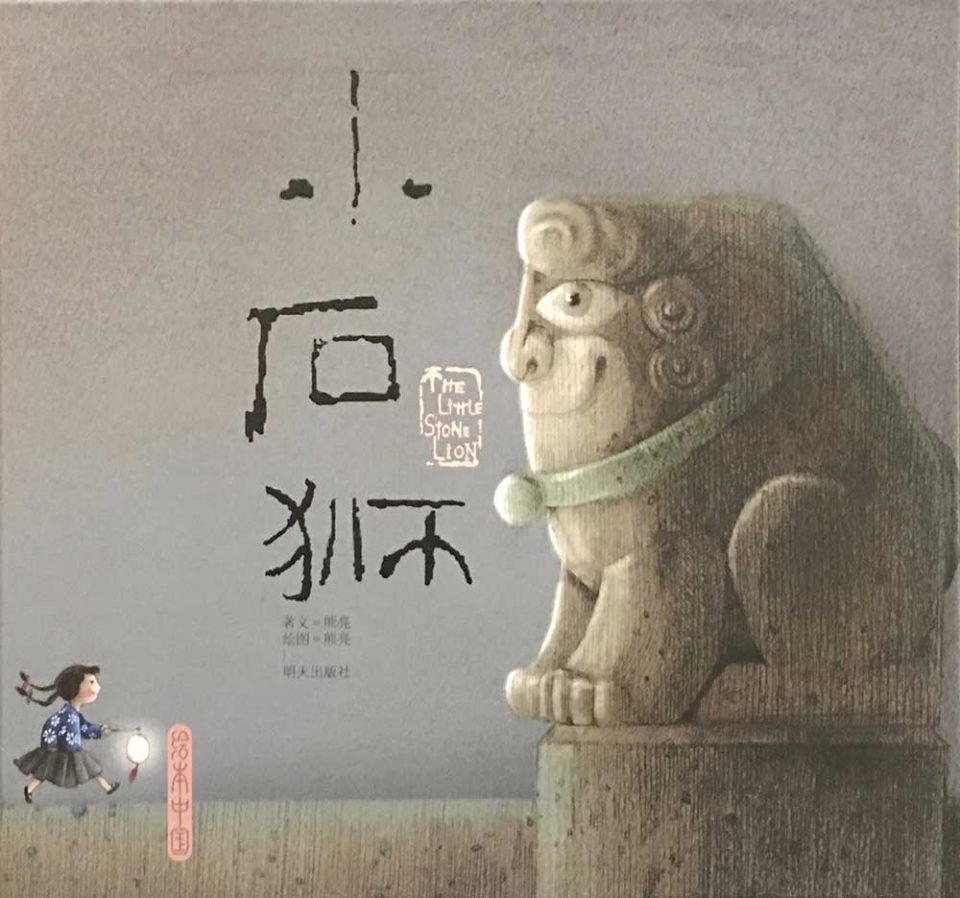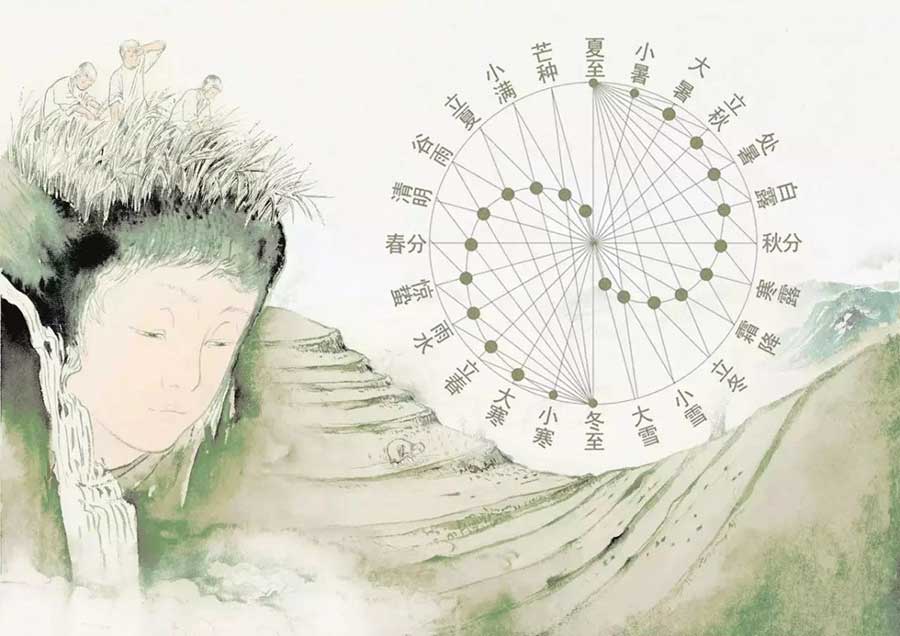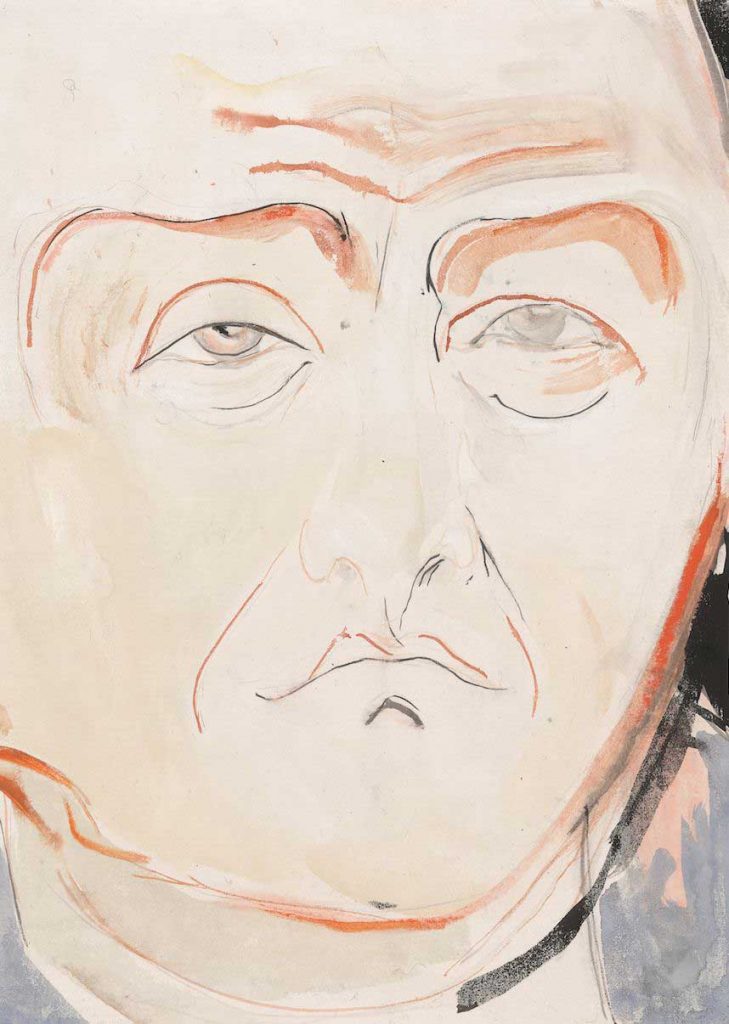He Juan is a young artist born in 1985 in Qinghai, a territory from which the Yellow River is born and which occupies the north-eastern part of the Tibetan Plateau, in China.
In 2003 he studied at the Academy of Fine Arts in Sichuan where in 2007 he graduated.

He Juan is a girl with a calm and calm temperament, a very simple woman who manages to express all her delicacy and sensitivity through her works. In fact these become a real mirror through which we can observe and recognize the romantic personality of the artist. In fact, the works of He Juan are the perfect reflection of the woman who conceived them in all her simplicity and beauty.
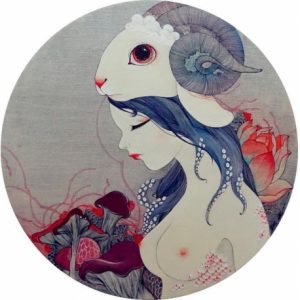
These are shapes developed through soft lines and curves that give life to simple figures but full of details.
He Juan manages to create very poetic images full of romantic fantasy.
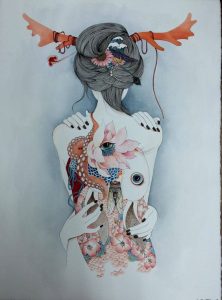
The main subjects within his works are very linked to nature and therefore her works can not be separated from the theme of “animals” because they like to consider the creatures that grow on this earth as protagonists of the photo.
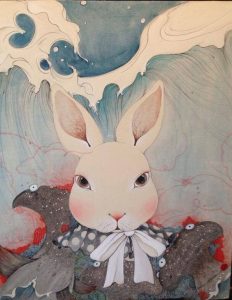
Through the language of painting, she models her subjects with skill, sometimes with exaggerated and bizarre deformation techniques. This type of artistic treatment makes sure that from the animals represented by her, various types of “personality” emerge, succeeding in this way also in capturing the attention of the public.
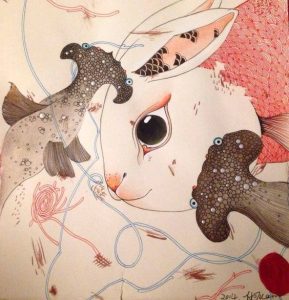
Exhibitions:
2005 Exhibition of Sichuan Academy of Fine Arts in scenery. (Chongqing Art Museum)
2005 The 13th Annual Exhibition of the Student Works of the Oil Painting of the Sichuan Academy of Fine Arts. (Chongqing Museum of Art)
2006 Sichuan Fine Arts Institute of fundamental teaching Exhibition (Chongqing Art Museum)
2006 Dragonair fly shows Chinese Art Award and won the “most beloved audience award” Shanghai
2007 The Sichuan Academy eleventh Fine Arts Student Exhibition (Chongqing Art Museum)
2007 United Kingdom “Art education and creativity” Teaching exhibition (Chongqing Museum of Art)
2007 Sichuan Academy of Fine Arts Exhibition graduate and won the “Extraordinary Degree Award” (Chongqing Museum of Art)
2007 “never set foot on the road” – “project X” youth art exhibition (Shanghai)
2007 Chongqing avant-garde contemporary art exhibition (Chongqing Planning Exhibition Hall)
2007 Art Basel Miami Beach (Basel)
2008 Third women artists Invitational of Contemporary young (Chongqing Art Museum)
2008 Shanghai Art Exposition (Shanghai)
2008 Art Beijing (Beijing)
2008 Singapore Art Exposition (Singapore)
2008 Shanghai Contemporary Art Exposition (Shanghai)
2008 Taipei Art Fair (Taipei)
2009 Fahrenheit Gallery SE Juan Solo Exhibition (Shanghai)
2009 “we” Huangjueping First Exposure (Chongqing) Annual
2009 Hong Kong Art Fair (Hong Kong)
2009 11th Chongqing National Art (Chongqing)
2009 Shanghai Art Fair (Shanghai)
2010 Chongqing First Biennial (Chongqing)
2010 Hong Kong Art Fair (Hong Kong)
2010 Shanghai Art Expo (Shanghai)
2010 (Taipei Art Center, Taipei) “One Heart and One German” Blue Top and Era Exposure Cooperative Outlets (Chengdu Times Outlet)
2011 Sichuan Fine Arts Academy 70th Anniversary Series of “Huang Bingzhan” (Chongqing)
2011 Shanghai Art Fair (Shanghai)
References:
http://www.artlinkart.com/cn/artist/exh_tp/476bzxs/570asBll
http://www.xlysauc.com/auction5_det.php?id=23876&ccid=248&n=707
https://www.artsy.net/artist/he-juan-he-juan?page=1&sort=-partner_updated_at
http://artand.cn/artid/128311




















